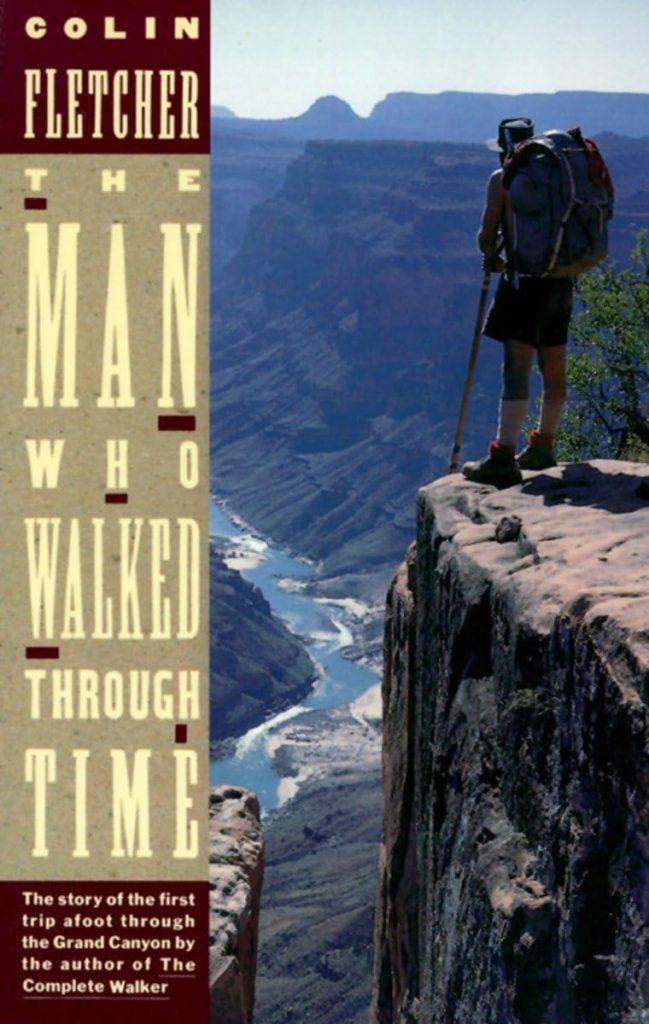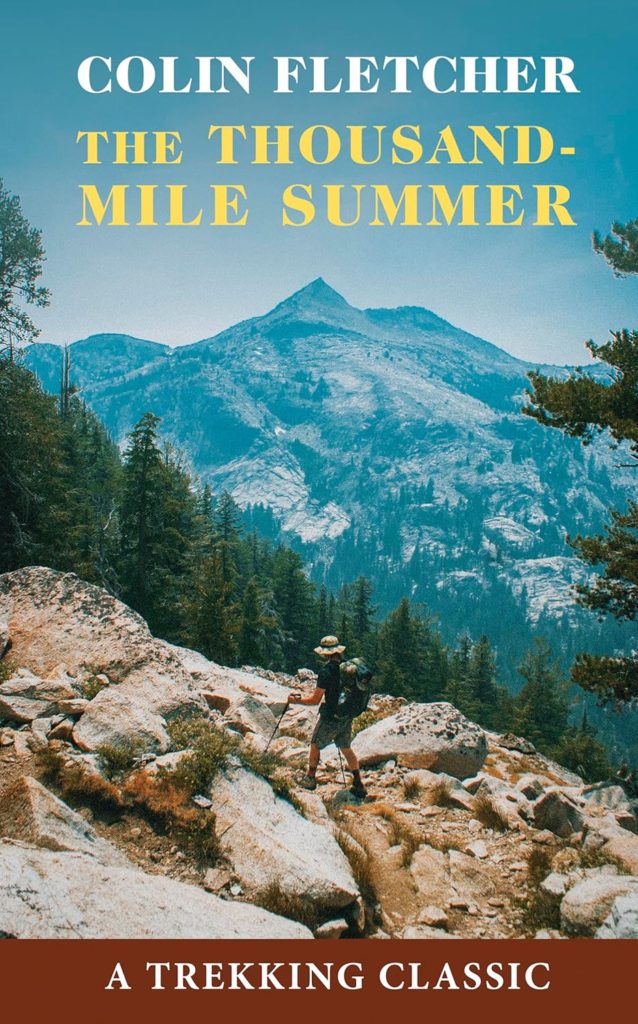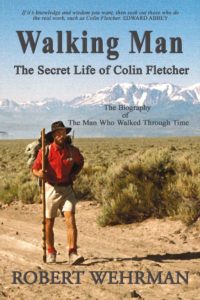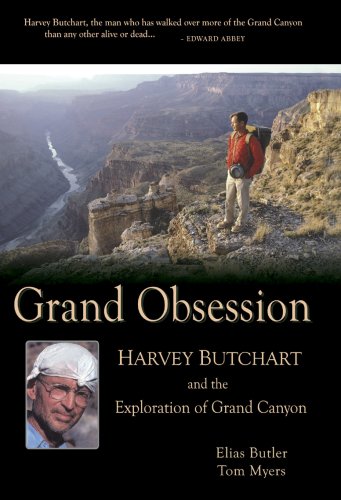
Yesterday I posted a book review of The Thousand Mile Summer the first book written by Colin Fletcher. In that post I shared that three books influenced me to consider venturing into deserts and I moved to a desert in 1977, where I still live. Each of these books have stood the test of time, and I have read them several times over the decades. Over this time I have changed as I matured, society has changed. The deserts have changed too. Deserts are constantly changing.
In Colin Fletcher’s second book, The Man Who Walked Through Time, we get a close up view of a changing desert as viewed through his eyes. The geological record in the canyon walls, abandoned ruins of cliff side houses built centuries ago, a river that has been tamed by man, invasive species such has equines introduced by early European adventurers, and more.
Just like Thousand Mile Summer, this book reflects an inner transformation of the author that comes with being immersed in nature.
The Man Who Walked Through Time by Colin Fletcher and published in 1968 is a thoughtful and skillfully crafted account of his 1963 journey through the Grand Canyon.
Continue reading Book Review: The Man Who Walked Through Time, by Colin Fletcher


